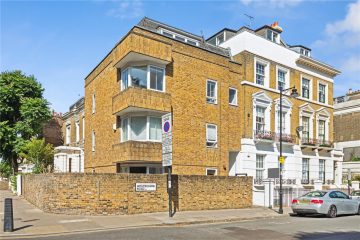Exploring the Bullring: Birmingham’s Vital Shopping Centre

Introduction to the Bullring
The Bullring in Birmingham is one of the United Kingdom’s most vibrant shopping destinations, attracting millions of visitors each year. With its unique architectural designs and diverse range of shops, the Bullring holds significant cultural and economic importance for the city and its residents. Understanding its role and impact can provide insight into Birmingham’s broader urban development and commercial future.
A Brief History
The Bullring has a rich history dating back to the 12th century when it was used as a market area. Over the centuries, the site evolved, and by the early 2000s, a monumental redevelopment project transformed it into a modern shopping centre. The new Bullring reopened in 2003, featuring over 160 stores, an array of dining options, and iconic features such as the spectacular Selfridges building with its bubble façade, designed by architect Jan Kaplicky.
Current Status and Attractions
As of 2023, the Bullring continues to thrive as a major retail and leisure destination, catering to both locals and tourists. It boasts a mix of high-street and luxury brands, such as Zara, Hugo Boss, and Apple, alongside popular eateries and cafes. The centre also regularly hosts events and exhibitions, enhancing its role as a community hub. Visitors can enjoy public art installations and partake in seasonal celebrations, demonstrating the Bullring’s commitment to engaging the public.
Economic Impact
The Bullring’s economic influence is notable; it contributes significantly to Birmingham’s local economy. Studies suggest that the shopping centre generates over £400 million in retail sales annually, employing thousands of staff and drawing in visitors who contribute to the city’s hospitality and tourism sectors. Additionally, the Bullring’s presence has stimulated further investment and development in surrounding areas, proving beneficial for local businesses.
Conclusion and Future Prospects
Looking ahead, the Bullring is expected to remain at the forefront of Birmingham’s retail landscape. Continued investment in infrastructure and community initiatives will likely enhance its attractiveness. As consumer shopping habits evolve, especially towards online retailing, it is essential for the Bullring to adapt, potentially integrating more experiential retail experiences to maintain its relevance and draw future generations of shoppers.
In summary, the Bullring not only serves as a shopping haven but also as a cultural and economic cornerstone of Birmingham, underscoring the importance of urban regeneration and community engagement in today’s world.









